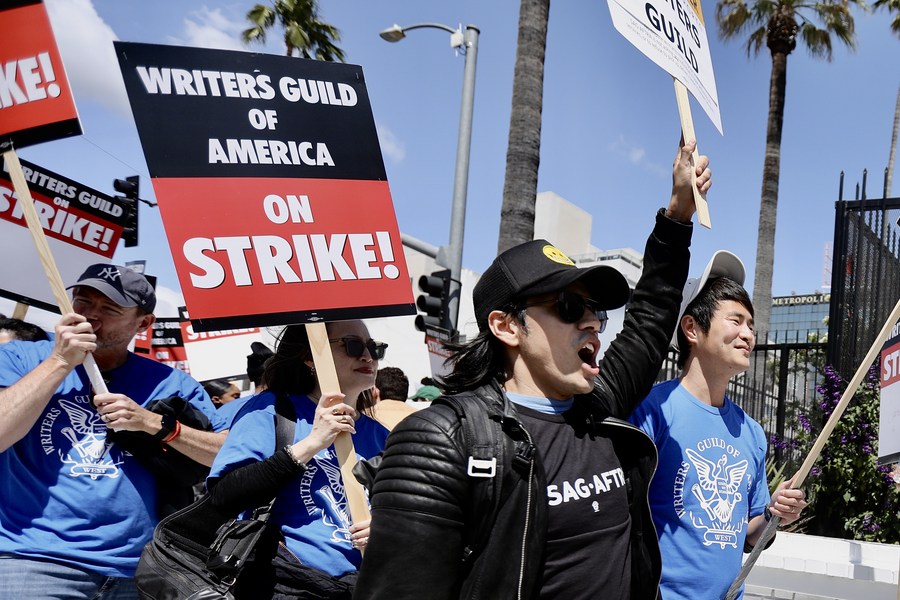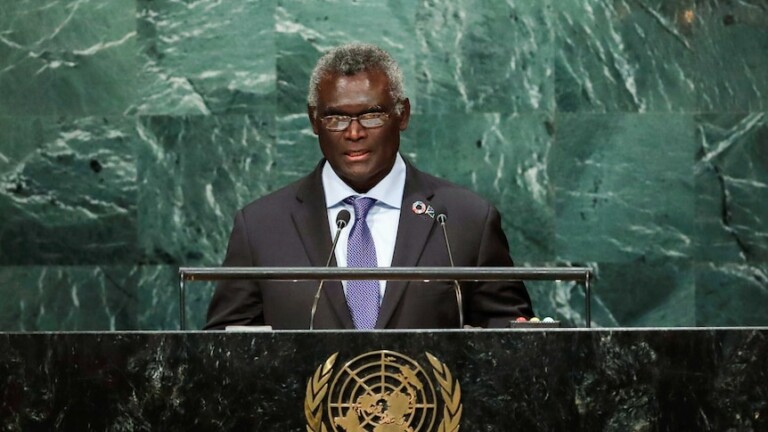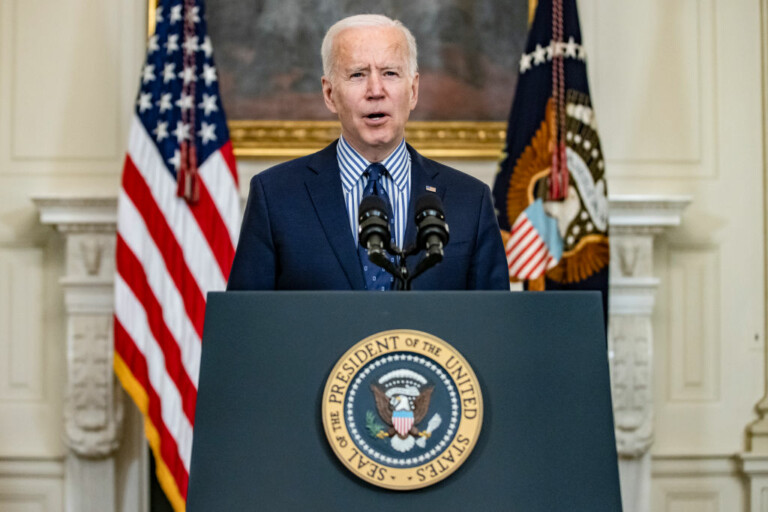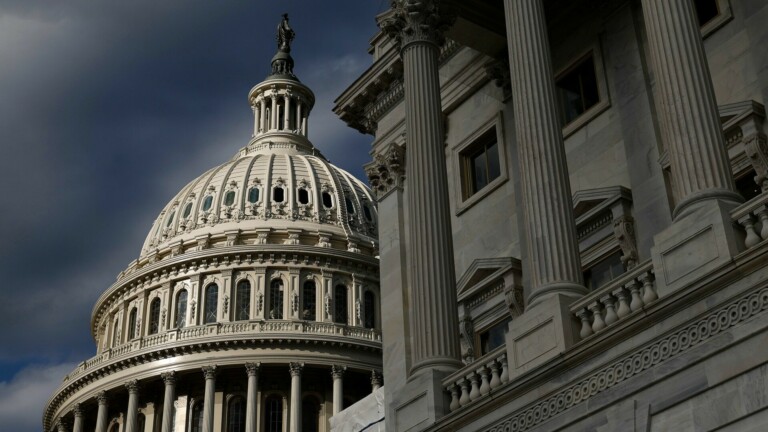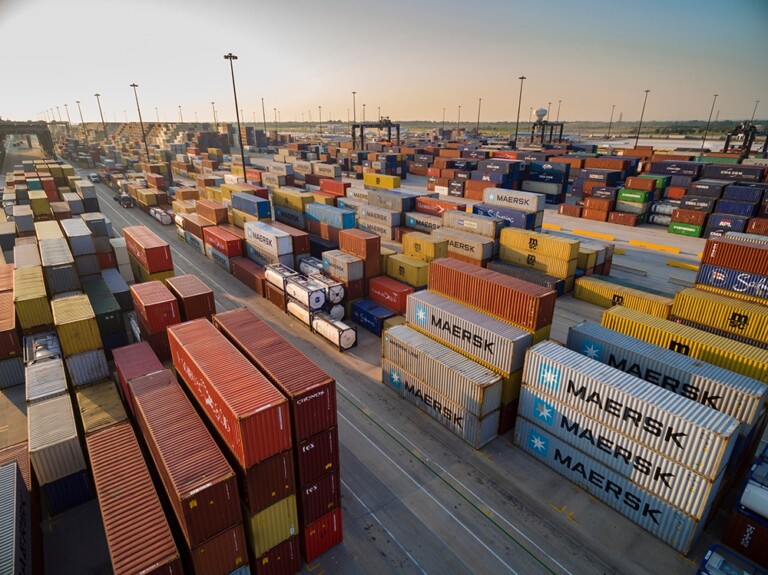This year saw a record of labor activities in the United States, as recent data showed that at least 453,000 workers have participated in 312 strikes in the United States, marking the highest level since 2019.
The rumblings of strikes — fueled by inflation, social inequality and skyrocketing living expenses that the American working class has long borne — illuminate growing rifts in the social contract and pose a potential threat to the bedrock of the U.S. economy.
MASS STRIKES
On Saturday, United Auto Workers (UAW) President Shawn Fain was in a sea of red in Chicago to rally with workers on strike at the Ford plant, where the union president encouraged them to keep going until their demands are met.
As of Sunday, approximately 25,000 factory workers were united on various picket lines, asking for 40 percent pay raises, the restoration of pensions and retiree healthcare, and cost of living adjustments.
The UAW’s unprecedented strike marked the first time in the union’s 88-year history that all three major automakers, General Motors, Stellantis and Ford, have been simultaneously affected.
The wave is quickly spreading from the automotive industry to other sectors in the United States, including healthcare.
Medical workers at numerous Kaiser hospitals and clinics initiated a strike on Wednesday, gathering 75,000 healthcare workers who stood resolute on picket lines across the country in three days, marking the industry’s biggest strike in U.S. history.
Despite extensive demonstrations by Kaiser workers, no agreement on wages and staffing solutions has been reached between union leaders and employers, and the two parties have scheduled additional sessions for Oct. 12 and 13.
Moreover, Tenet Healthcare Corp., another major healthcare provider, may be the next to face a major work stoppage, as healthcare workers at the company’s 11 facilities plan to strike on Oct. 23 if no deal is reached by Oct. 19, according to their union.
In May, about 11,500 Hollywood writers initiated a strike, which lasted for nearly five months before the Writers Guild of America finally reached an agreement with major studios late last month.
The actors joined the strike in July, and their union, representing about 160,000 performers, is still negotiating with studios and streaming companies.
During the last three months, the United States has also seen thousands of workers in sectors, including hotels and airlines, engaged in strikes, demanding better wages, improved benefits and safer working conditions.
BREAKING POINTS
Today’s upsurge in labor protests is marked by widespread strikes across various major industries. A common thread marks most: protests originate in blue-collar jobs, where wages historically lag behind productivity and corporate profits.
In a recent Facebook Live event, UAW President Fain compared the companies’ profits — up 65 percent over four years — to autoworkers’ pay, which increased just 6 percent in that same timeframe.
“Strikes are most saliently motivated by wage issues and working conditions, and you can’t fault workers for that,” Daron Acemoglu, an economics professor at the Massachusetts Institute of Technology, was quoted by ABC News as saying.
Meanwhile, U.S. workers have become increasingly disillusioned with an economy that favors the privileged few at the pinnacle while those toiling below struggle.
A report by National Public Radio said GM CEO Mary Barra made nearly 29 million U.S. dollars in 2022, 362 times the median GM employee’s paycheck.
“We are seeing strikes in the United States due to income inequality and the erosion of the middle class. For a number of years, workers have seen their wages eroded by inflation and poor pay increases,” Brookings Institution Senior Fellow Darrell West told Xinhua.
The waves of strikes also symbolize profound disappointment with such an American economic system that has let down working families, particularly those in sectors such as healthcare and manufacturing.
“There is a feeling that the system is fundamentally unfair to the workforce that is doing all the hard work,” Harry Katz, a professor of collective bargaining at Cornell University, told CBS News.
Throughout the COVID-19 pandemic, workers faced substantial risks and difficulties while company profits soared. Today, they face soaring living costs due to a 40-year-high inflation.
In 2021, factors like the U.S. government’s expansive economic stimulus policies drove inflation to its highest levels since 1982, causing essential items like food and energy to surge in price, significantly burdening middle and lower-income workers. Millions of Americans are experiencing diminished purchasing power and increased financial strain on households.
According to a report from the World Economic Forum, between November 2021 and November 2022, inflation has significantly elevated the cost of school lunches, long a financial burden for numerous American families, with costs surging by over 254 percent during this period.
Furthermore, the recent low unemployment rates have increased worker leverage, as many employers scrambled to compete for workers amid growing resignations and early retirements.
“There are different factors in each sector, but one underlying factor is that the strength of the labor market is giving workers more bargaining power than they have had in decades,” Dean Baker, senior economist at the Center for Economic and Policy Research, told Xinhua.
Joseph McCartin, a labor historian at Georgetown University, shared the same view, telling CNN, “We’re living through a strong labor market and economy, and workers and unions feel more leverage when economic forces are blowing in the direction they have been.”
In addition, what may embolden workers to participate more actively in strikes and have greater confidence in their success is the approaching 2024 U.S. presidential election.
“The labor movement knows that window is not going to be open forever,” Jeff Schuhrke, a labor activist and assistant professor at the Harry Van Arsdale Jr. School of Labor Studies, SUNY Empire State College, told CBS MoneyWatch.
On Sept. 26, U.S. President Joe Biden visited Michigan in a show of loyalty to striking autoworkers, becoming the first known sitting president in U.S. history to join an active picket line.
“The president thought it advantageous and maybe even critical to his political future that he be seen standing with workers,” said Schuhrke.
As the UAW strike reached its 25th day on Monday, a CBS report cited data from The Anderson Economic Group, stating that only the first three weeks of the strike have incurred a cost of 5.5 billion dollars for the industry.
Experts said that the economic impact of the strikes has been relatively limited. Still, economic growth could be affected if the strikes continue and expand.
“The Kaiser strike was just three days. But if they come back with a longer one, we will notice an impact. So, the short answer is that so far the impact has been limited, but we may see a larger hit down the road,” Dean Baker, senior economist at the Center for Economic and Policy Research, told Xinhua.
Layth Alwan, a professor of supply chain economics at the University of Wisconsin-Milwaukee’s Lubar School of Business, shared a similar view with The Milwaukee Journal Sentinel, saying if the strikes continue, “there’ll be cascading effects, potential shutdowns, potential bankruptcies,” he said.
“And I think the most vulnerable suppliers would be the smaller suppliers who just barely even got through the COVID shutdown period,” Alwan was quoted by the daily as saying.

